A guide to Chakra's part 2: Svadhisthana or 'dwelling place of the self'
Part 1 - https://steemit.com/philosophy/@jholmes91/a-guide-to-chakra-s-part-1-muladhara-or-root-support
In this second part, we will explore the second chakra, the Svadhisthana and offer some ways you can benefit form tapping into this energy.
Svadhisthana or 'dwelling place of the self'
Basic emotions, Relationships, Violence, Addictions, Pleasure, Joy, Creativity
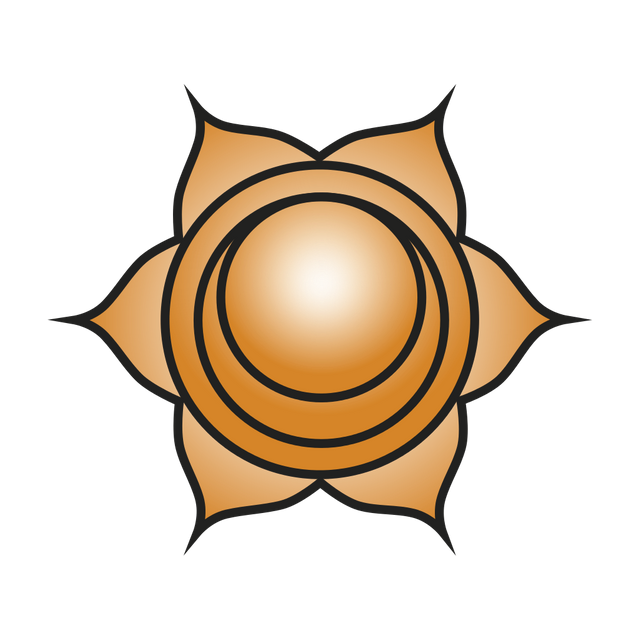
Sva translates to 'self' in Sanscript while histhana translates as 'seat, residence'.
The second chakra lies about three centimetres above the Muladhara, the root support. The colour of this chakra is orange, the element is water, represented by the circle inside the six petal lotus above. The six petals signal the six qualities of ourselves we have to learn to control and transcend; anger, hate, greed, jealousy, cruelty and laziness.
Also, there is a crescent moon shape shown above. This symbolism indicates the close energy connection between water and the moon and also the menstrual cycle of a female illustrating the connection of the Svadhisthana with sexual organs and reproduction.
The Orange represents purification, activity, joy, hope and self-confidence; orange is the colour of sunrise... but it is also the colour of autumn and sunset; a withdrawal of nature is significant because it means that consciouness is starting to look in on itself.
It represents our second stage of evolvement as humans...
...in earlier periods of evolvement the Kundalini was located in this chakra but in our present age, due to the excessive materialism and egotistical behaviour, this spiritual energy has sunk into the Muladhara - into unconciousness.
The Muladhara or root support is a vault for the karma we have accumulated over all of time. But the activation of these karma occurs in the Svadhisthana.
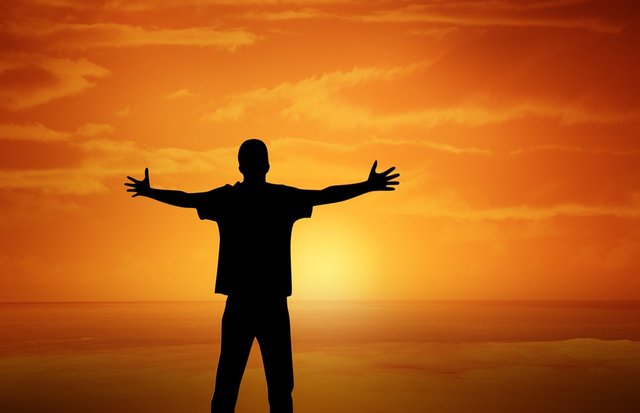
When we concentrate on this chakra, we have an opportunity to purify our experiences and karma.
The Svadhisthana relates to our subconscious; working on balancing and opening this chakra will help to bring our basic instincts under control and allow us to trasncend them. The subconscious records everything we think, feel, see and do. We then interpret the effect of everything and we may not even realise it. Therefore, it is a kind of self-programming mechanism and this has been exploited over history to influence people, such as subliminal messages in the media.
Confront honestly your intentions and qualities, thereby consciously directing them towards good.
Once it is clear what is being fed to your subconscious then we can better understand our actions, our motives and the connections between action and reaction. Being aware of this internal mechanism that we have, the better we can dampen its effect on our development and not allowing it to block positive energy flowing into our life.
When the kundalini comes up into the Svadhisthana, it encounters a barrier of negative qualities such as envy, desire, jealousy, rage and greed. These block the energy in an attempt to push it back into the Muladhara.
This is when we have to let go of everything; your identity, your fears, your hopes, your personality as your ego literally fights for its life inside this chakra.
Honesty and fearlessness are important in this stage, we have to come to realise that our weakness and mistakes are okay! You should not blame anyone. The inner realms are composed of both light and dark. Self-acceptance is a prerequisite for self-improvement.
Focusing on this chakra over time should see an array of positives such as vitality, heightened creativity, curiosity, a feeling of independence and joy.
Wearing or being around lots of orange help with balancing the Svadhisthana. Also, the food and drinks that help balance this chakra are water, cinnamon, oranges, coconuts, papaya and other sweet fruits. One could use aromatherapy as well to heal this chakra, with the fragrances of sandalwood, orange and rose particularly effective.
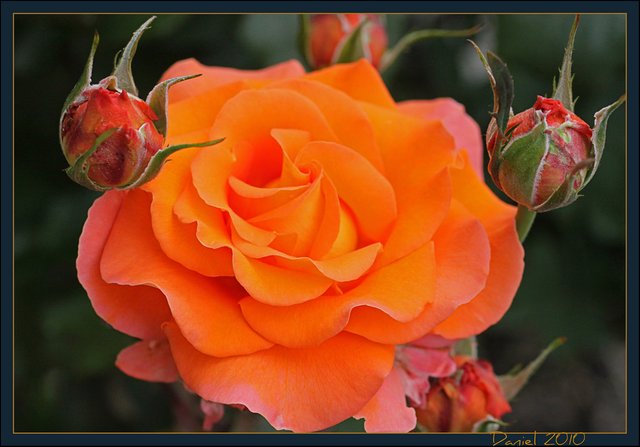
Meditation and VAM frequency
The vibrational frequency associated with the Svadhisthana is VAM; repeating the VAM chants along with this video will amplify the effects and will especially help those seeking a healthy emotional balance.
While doing this, close your eyes and visualize the second chakra, orange but translucent, spinning just below your pubic bone...
The benefits of balancing this chakra is the free flow of feelings and emotions without becoming overly emotional. You will be more energetic, more open to intimacy.
Common signs of an under-active Svadhisthana chakra include coldness to people, a feeling of disassociation whereas an over-active one leads to being too emotionally attached and having more intense sexual attractions and desires. Physical problems arising from neglect of this chakra include hormonal problems, tiredness, menstrual problems, digistive problems and decreased libido.
Anger, hate and greed are negative aspects of our ego that we have to learn to control, transform this energy and use it for our own energy. We can do this by empathising with others, put ourselves in the postition of who we direct these negative energies at and understand their reasoning.
Only when we have a better comprehension can we truly be forgiving.
Consideration, empathy and tolerance dampen these fiery emotions...
Jealousy only arises from love so if we learn to love by being selfless, pure and beneficial to others; when feeling flickers of jealousy re-enforce feelings and thoughts of independence and generosity in yourself. Inner freedom is the best state of mind to combat this problem.
When we rise from the protective darkness of the unconcious of the Muladhara into the sphere of subconsciousness in the Svadhisthana, it may be difficult. Although the door is open, it could be filled with a lot of things you do not want to encounter and seems endless...
But these are our own qualities and we have created such fears.
Yoga to open and balance the Svadhisthana
Bhujangasana
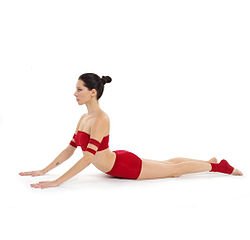
'The Cobra' helps to alleviate anger and has benefits for the functioning of both the liver and kidneys. It also prevents back problems, especially useful for committed Steemains who spend a lot of time sitting in front of a laptop.
Lie on your font, with arms beside you and palms by your armpits. Inhaling, pressing your hips to the floor and lift your upper body with the help of your hands. Tilt your head back slightly; your spine should be evenly-arched and your shoulders should be pressed down. Hold your breath in this position as long as you can then slowly exhale as you return to the floor.
Initially, practice three times per day and hold the postiion momentarily... then you can lengthen the exercise by holding for as long as you can once you are comfortable.
Once you get to this stage, visualize the six-petal lotus structure, the circle and moon crescent representing the Svadhisthana, located below the base of the pubic bone.
Yoga Mudra
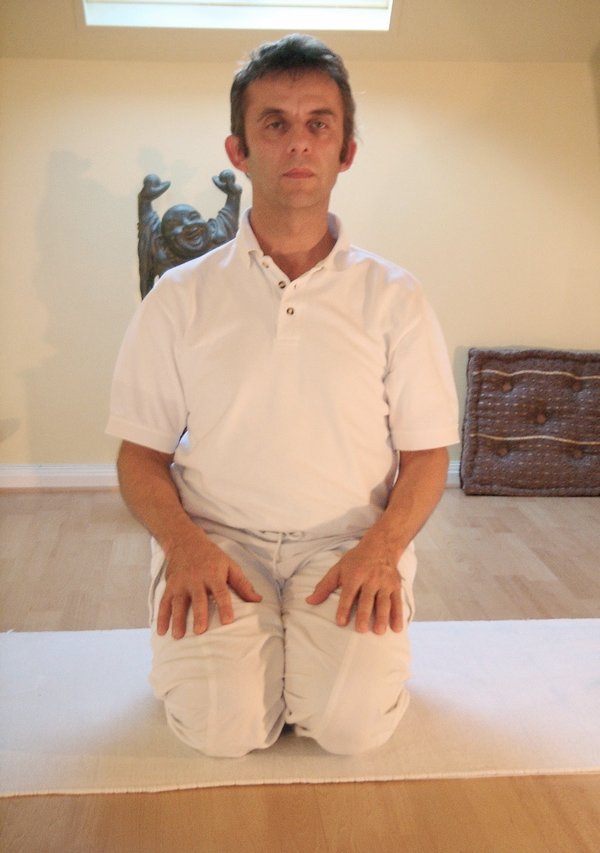
Yoga Mudra relaxes the body and mind providing a beneficial effects on nerves, depression, sleeping disorders and lower abdominal problems. The position shown above is known as the Vajrasana pose.
This is the starting point of this exercise.
Relax and close your eyes. As you inhale, raise your arms above your head and look up as if you are reaching for the sky. As you exhale, bend forward from the hips keeping your back straight until your forehead touches the floor.
Rest your arms beside your body with your palms facing upwards. It is similar to how a muslim would pray but instead your palms will be by your ankles instead of above your head as you face the ground.
You can remain in this position as long as you feel comfortable but for purposeful spiritual development, it is recommended to hold this for at least five minutes.
Breath normally while in position and relax the whole body. Again, visualize the six-petal wheel; the translucent, orange chakra spinning just below your pubic bone.
As you bring your body upright inhale and raise your arms above your head. Exhale as you return to the Vajrasana pose.
Other relevant yoga poses for the Svadhisthana are: Shalabhasana (The Locust), Mrigasana (The Deer), Setu Asana (The Bridge), Chakrasana (The Wheel) and Skandharasana (Shoulder pose).
A Further Exercise
What I failed to mention before about these questions is that they should also help you set goals and targets. Goal-setting is important to our self-development as we constantly progress towards, and re-evaluate, goals as we go through life.
Tell about your first love, even if (s)he did not love you back...
Tell about a time you physically hurt another person...
Describe a time when you were physically hurt by another person...
Explain your worst addiction. How did you, or how can you, overcome or control it?
When have you given in to temptation? How could you have avoided it?
List five ways to be happier.
What do you get exicted about? How can you bring that enthusiasm to every aspect of life?
What can you do to become more creative?
What makes you angry? Why?
By taking these exercises and slowly attuning your Svadhisthana you can bring numerous benefits to your physical, emotional, mental and spiritual well-being. You will be able to gauge the balance of your activities and anticipate extremes and equilbirum in emotions... this is a constant process we face; feelings of extreme happinness or unhappinness do not last forever and humans emotions always return to the mean.
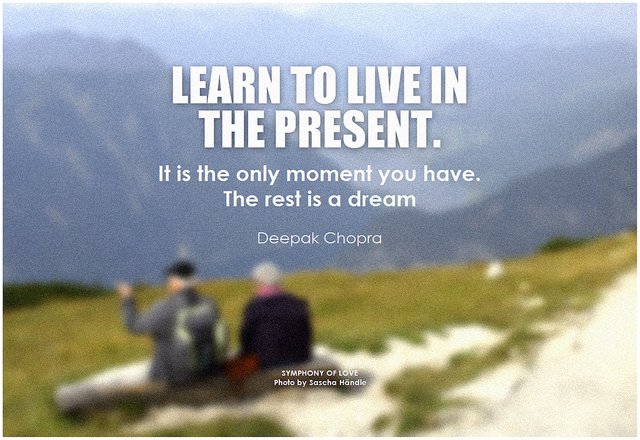
“The skill of learning how to enter into the sensation of enjoyment is required.
To experience pleasure is one thing, but to recognize the experience as enjoyable and then enter into the felt sense of appreciation of the moment-now that is an art.” Source: David Pond. Chakras for Beginners: A Guide to Balancing Your Chakra Energies.
In the next part, we continue our spiritual development by examining the third chakra, the Manipura also known as 'Jewel City'.
Please feel free to share your experiences below, if this post has helped you in anyway or if you have any questions. Also, please feel free to share answers to the questions above, I will share one soon!
,
@jholmes91, despite the many difficult exotic terms, I think this was a very interesting post. It's a shame it doesn't get more love. I like how the philosophy teaches us a way of life as if it's some sort of therapy. Do you do yoga yourself?
I think I will have to do 'The Cobra'. For the past week, I have been sitting way too long behind my computer curating posts and writing articles just for steemit. :D
Thanks for commenting! How do you mean exotic terms, the Sanscript? I include them so it easy for people to do further research and stay connected to its roots :). Yes, I have developed an interest in Yoga over the past six months... see part 1, I left a comment about my experience trying to balance the Muladhara with yoga. Yes it's my new favourite pose lol the Cobra and its not that difficult compared to other Svadhisthana poses. I hope it helps you feel more comfortable!
Also, leave a comment here after a week or so, let me know if it has helped you and how. I aimed to have a therapeutic effect with my writing and ideas so I'm glad it comes across. Have you done yoga before?